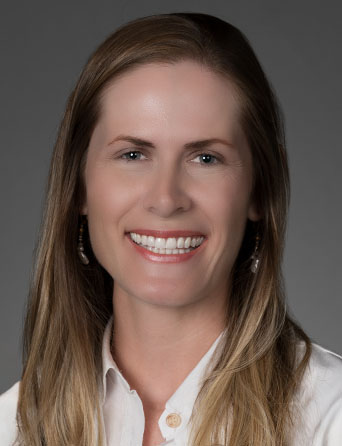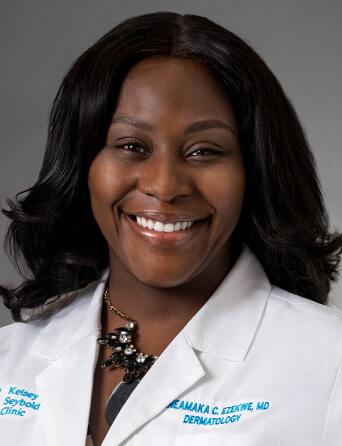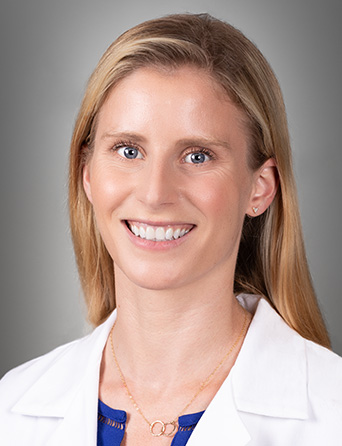Join Our eNewsletter!
Subscribe to our monthly newsletter to receive encouraging advice to help you lead a healthy lifestyle.
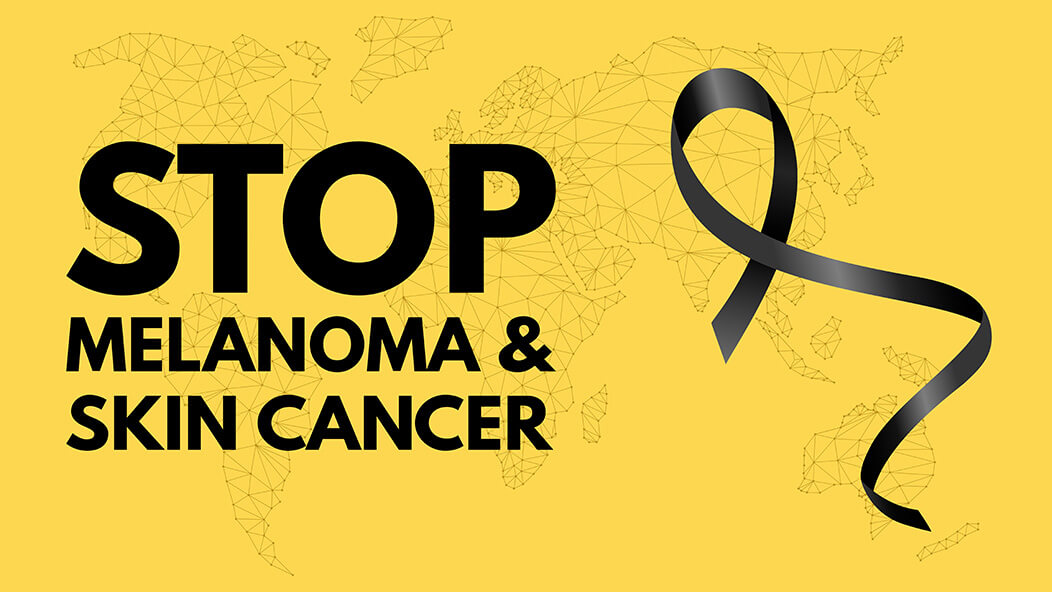
Tanning Bed Users Have a High Risk of Skin Cancer
Tanning indoors with a tanning bed does not offer a safer method to tan. In the past it was thought that the UVA light only caused skin aging, but now experts know so much more. The fact is simple: tanning bed users have a high risk of skin cancer, even after just one exposure.
The Heightened Risk
The numbers are revealing. People who use indoor tanning beds have a 75% higher risk of developing life-threatening melanoma from just one indoor tanning session before age 35.
The facts don’t lie. There are more cases of skin cancer worldwide due to indoor tanning than lung cancer cases from smoking. In fact, the UVA light penetrates the skin more deeply, as a result of its longer wavelength, and is strongly linked to melanoma.
The reality is scary. Even the World Health Organization (WHO) is involved by classifying indoor tanning devices as carcinogenic. It lists indoor tanning devices in the same category as cigarettes and plutonium.
Getting addicted to tanning is another issue many women face. About 20% of white women ages 18 – 30 who use indoor tanning show signs of addiction, according to the American Academy of Dermatology Association. They feel depressed or fidgety when they don’t get a steady dose of UV rays.
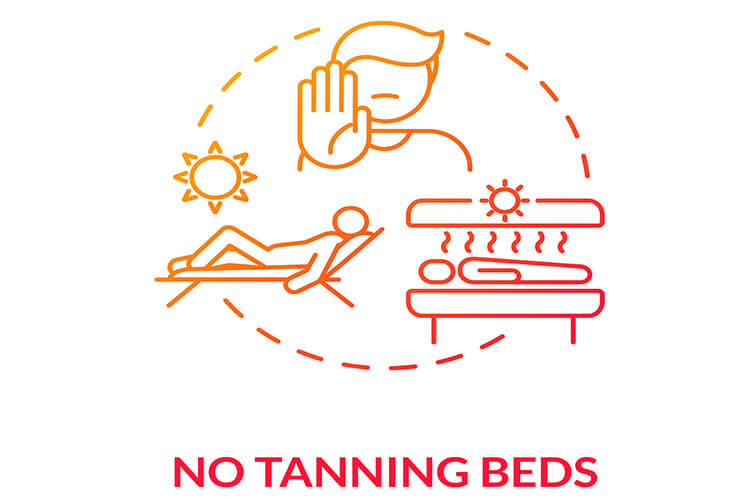
Changing Mindsets
Fortunately, the number of people who use indoor tanning beds is decreasing, but it hasn’t stopped completely. In 2017, nearly 8 million Americans still used tanning beds to get the desired year-round glow. These adults are trading a tan for a risk of skin cancer.
The Skin Cancer Foundation encourages everyone to “make healthy skin a way of life.” This includes toning, rather than tanning, through aerobic activity or high-impact exercise; hydrating and eating well in place of highly processed foods; and, finally, to avoid tanning completely to avoid potential cancer and unhealthy skin damage.
Contact one of our Dermatology specialists if you have questions about safe tanning.
Meet Our Team
Our Dermatology specialists provide services for women, men, and children at several Kelsey-Seybold Clinic locations throughout the Houston area, so you’re never far from getting treatment for your skincare issues.


